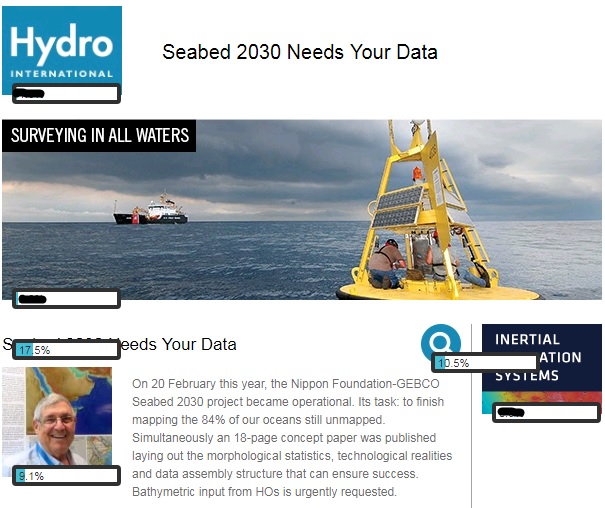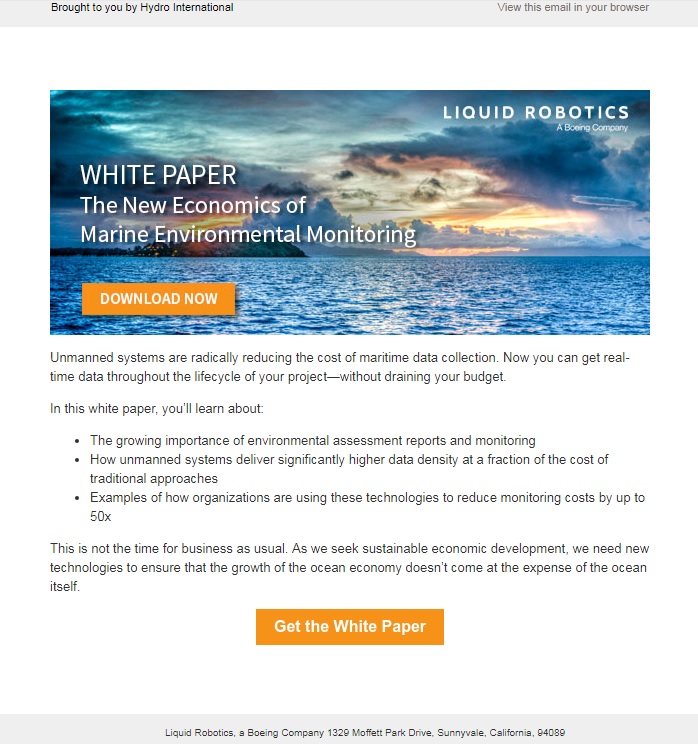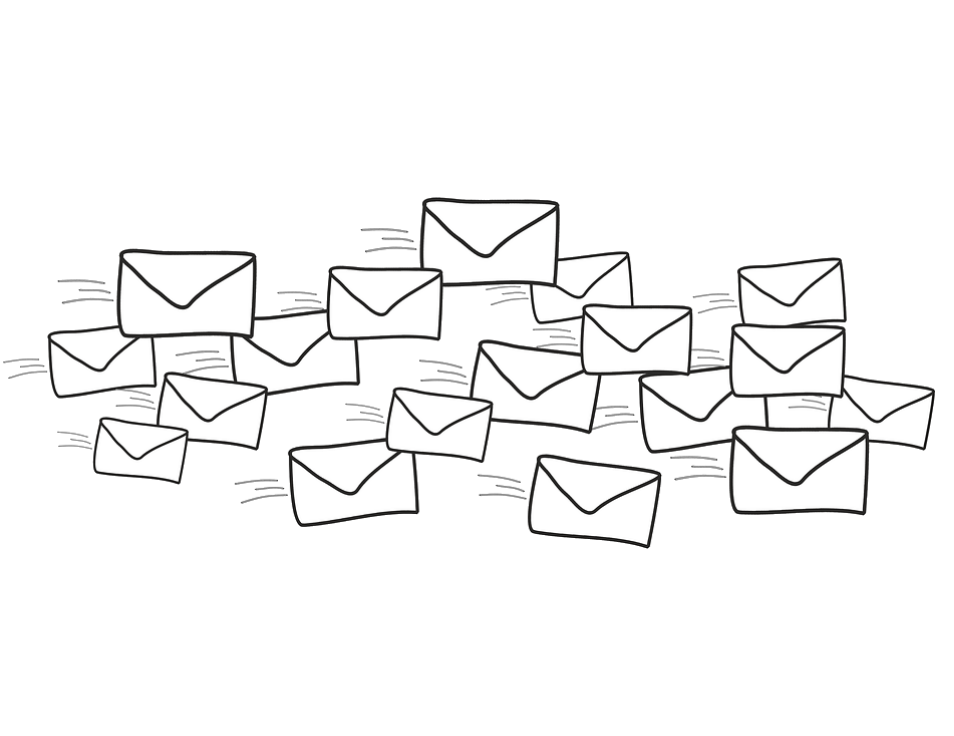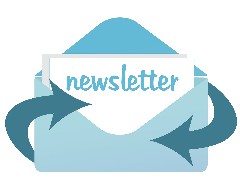Our direct e-mail solutions, also called e-blasts, give you the opportunity to send your message straight to the inboxes of industry professionals. But how do you create a good e-blast? We’ve put together eleven tips for you below.

1. Keep your audience in mind
An e-blast is, unfortunately, still often seen as just that: messages are ‘blasted’ into the world without a clear strategy, leading to poor results. Your audience will not feel engaged by the message and will quickly disregard the e-mail as spam. Keep your audience in mind, take your readers seriously and personalise your message wherever possible.
2. Pay attention to the subject line
Write a suitable subject line that both gives a clear indication of the content and triggers the recipient to open the e-mail. The most successful subject lines contain between 30 and 50 characters. Also, avoid the use of special characters and use capital letters with care.
Seabed 2030 Needs Your Data
The Hydro International newsletter of 15 May 2018 with the subject line of ‘Seabed 2030 Needs Your Data’ scored an open rate of 23.1%, and no less than 37% of the total number of clicks went to the lead item! This is a very good example of a subject line that is a good fit with the target group and hence achieved the desired results.

Statistics of the 'Seabed 2030 Needs Your Data' newsletter
3. Define your goals in advance
Personally, I think this should be the starting point of every marketing campaign. With the final goal in mind, it becomes so much easier to make decisions about content, tone of voice, design, etc.
4. Keep it brief and simple
According to research by the Radicate Group, in 2017 a staggering 269 trillion (!!) e-mails were sent each day, with every professional receiving an average of around 121 e-mails per day. People are very busy these days and have little time to fully read your e-mails, so make sure you stay brief and concise in an e-blast. Focus on just one subject and keep distractions to a minimum.

5. Make the lead content easy to find
Few things are more irritating than opening an e-mail and then having to search for the content that relates to the subject line. Make sure that your subject line fits well with the content and is easy to find.
6. Include a clear call-to-action
Does your e-blast contain a clear call-to-action (CTA) such as submitting a form, participating in a survey or watching a video? Make sure the call-to-action is placed above the fold, so that it is one of the first things the reader sees. If your e-mail is a little longer, repeat the CTA at least once.
7. Use images
The use of text alone makes things a little boring, but too many images can also detract from the readability – plus images increase the chance of your e-blast being seen as spam. Therefore make sure you create a good balance of text and images which visually support the text and reinforce your message.
8. Bear the technology in mind
Not all e-mail clients are the same and they often display your e-mail in different ways. For example, Microsoft Outlook does not download all images by default, whereas the iPhone e-mail client does. Take the technology into account by using:
- Measurable hyperlinks
- Alternative text ('alt text') behind images
9. Be informative
The large majority of readers regard e-blasts as digital newsletters, so make sure your content lives up to their expectations. An e-blast that looks like a newsletter but does not contain any news or relevant information is unlikely to result in much engagement. Do not focus on sales too much, but instead make sure you add value and focus on building a long-term relationship with your target group.
10. Optimise for mobile devices
Worldwide, no less than 50% of all e-mails are read on mobile devices. This percentage is slightly lower in B2B marketing, but even so it is definitely a must to ensure good readability on mobiles, tablets and desktops!

11. Contact details
Example: Liquid Robotics
One good example in which many of these tips have been applied is the e-blast by Liquid Robotics, which offered a free download of a white paper with the title ‘The New Economics of Marine Environmental Monitoring’. This e-blast was sent to the Hydro International database in April 2018 and contains, among other things, a clear subject line, a clear goal and a good call-to-action plus it is short and to the point. This e-blast achieved an open rate of 19% and a click-through rate of 10% per unique open.

Sharing is caring




